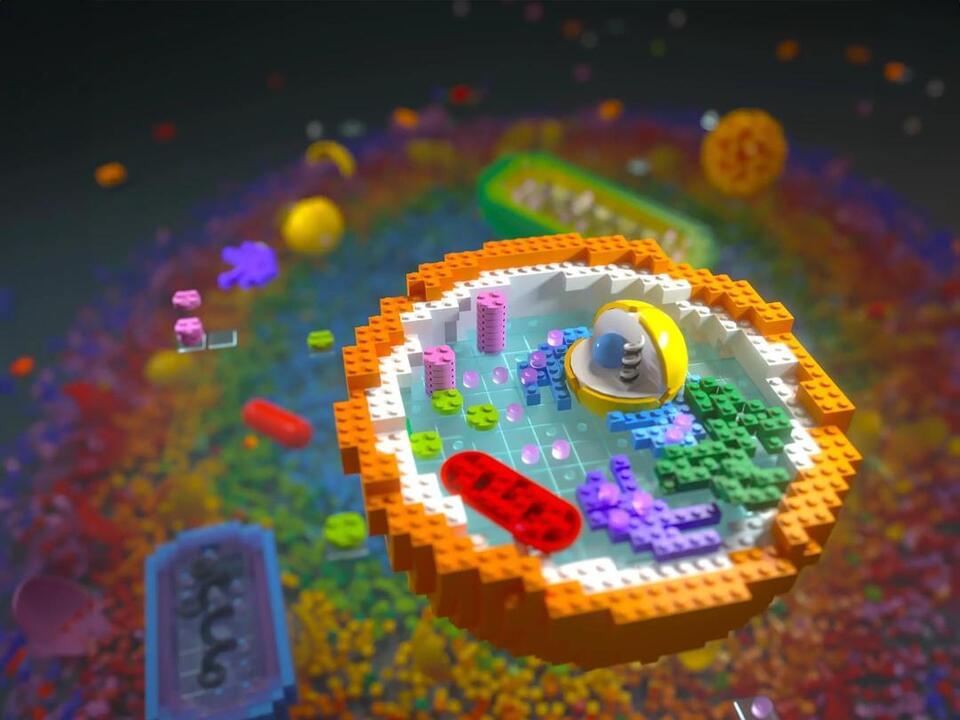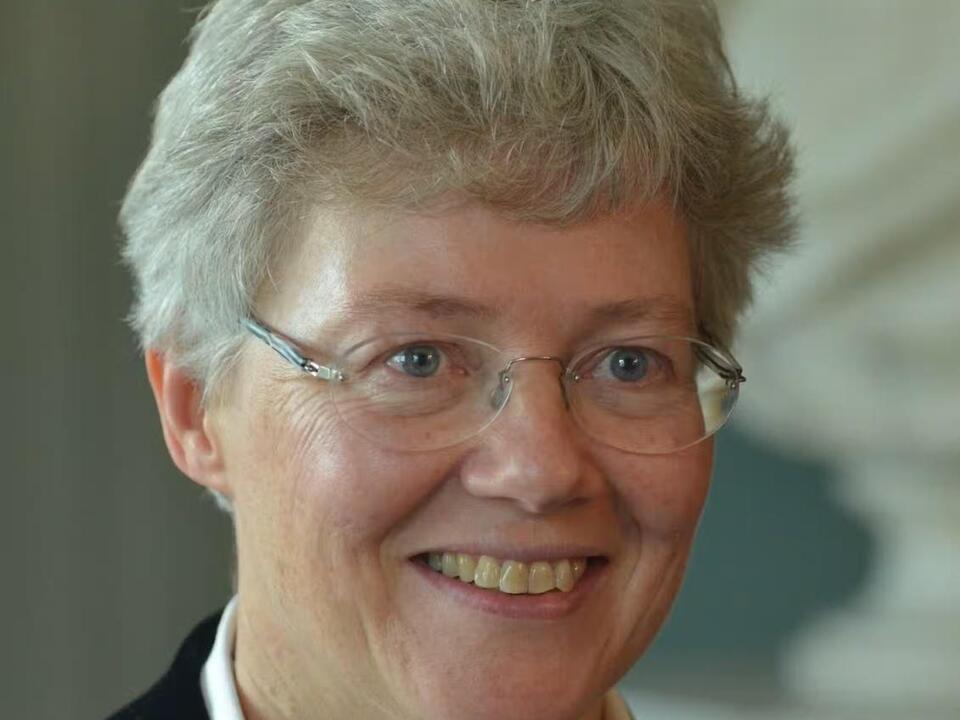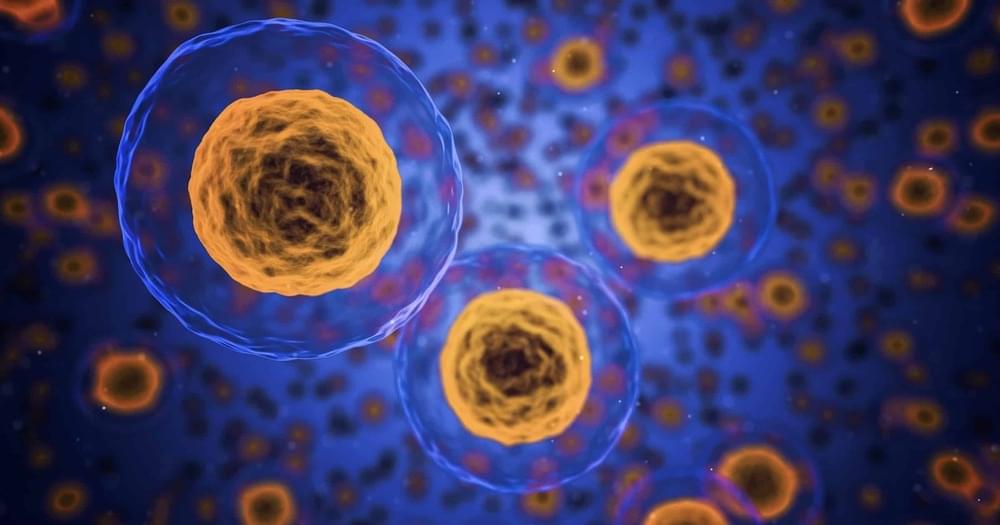Can artificial intelligence (AI) get hungry? Develop a taste for certain foods? Not yet, but a team of Penn State researchers is developing a novel electronic tongue that mimics how taste influences what we eat based on both needs and wants, providing a possible blueprint for AI that processes information more like a human being.
Human behavior is complex, a nebulous compromise and interaction between our physiological needs and psychological urges. While artificial intelligence has made great strides in recent years, AI systems do not incorporate the psychological side of our human intelligence. For example, emotional intelligence is rarely considered as part of AI.
“The main focus of our work was how could we bring the emotional part of intelligence to AI,” said Saptarshi Das, associate professor of engineering science and mechanics at Penn State and corresponding author of the study published recently in Nature Communications.








